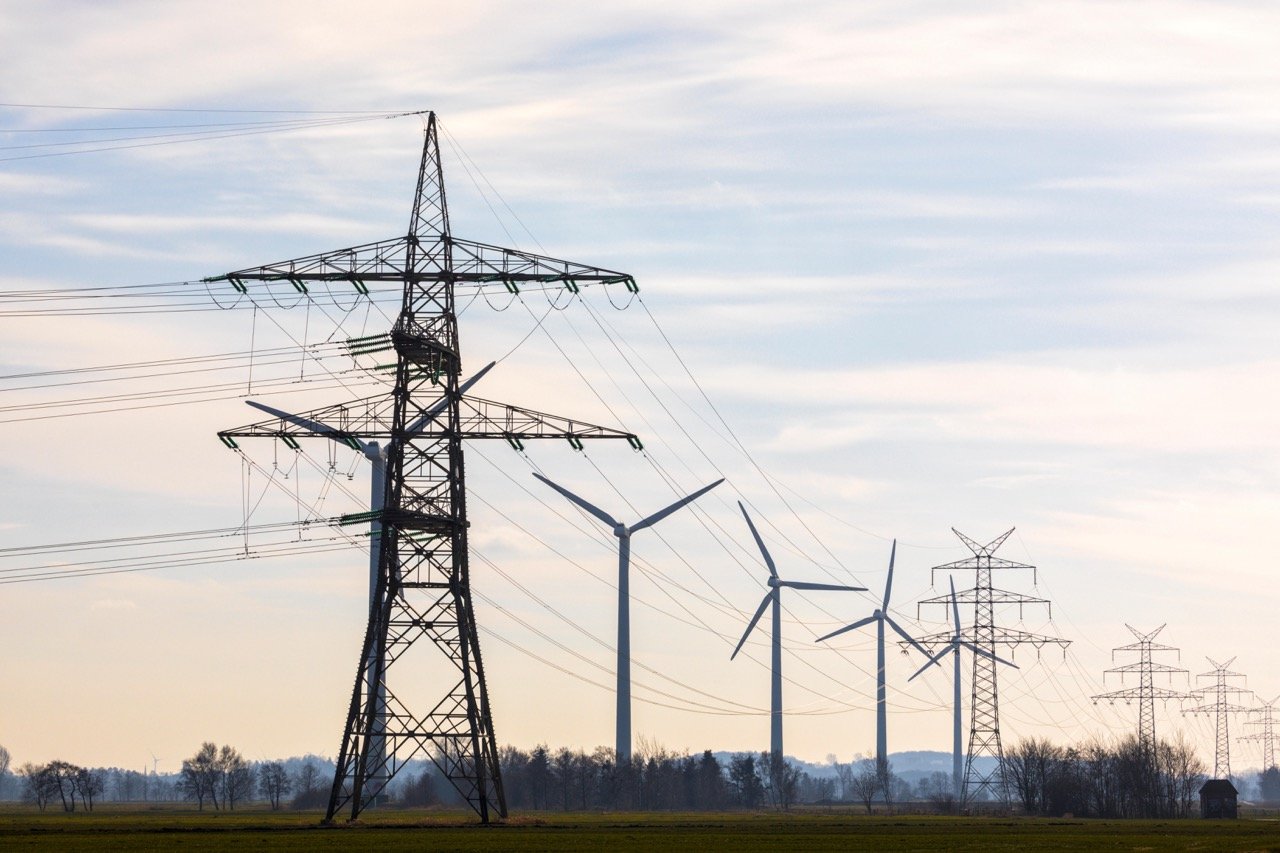Following the 2023 nuclear energy phase-out, renewables accounted for all of Germany’s low-carbon generation in 2024. The combined wind and solar share was 43%, well above the EU average (29%). Wind power was the country’s largest source of electricity at 28%, while solar made up 15%, bioenergy 10% and hydro 5%. Germany was the world’s fourth largest generator of electricity from wind and solar in 2024.
Fossil fuels generated 43% of Germany’s electricity generation in 2024, slightly above the European average of 39%. Germany’s per capita emissions exceeded both the global and European averages.
Coal power has been in long term decline in Germany. In 2000, coal generated the majority of electricity (52%). Over the last decade its share has halved, down to 22% in 2024. Over the same period, wind and solar’s combined share of generation rose from 15% to 43%.
On its way to net zero by 2045, Germany aims for 75% renewable electricity production by 2030 and 80% of consumption, above the global target in the IEA’s Net Zero Emissions scenario of 60%.
Ember’s analysis suggests that Germany’s coal mine methane emissions could be 28 to 220 times higher than officially reported. Accurate and urgent measurement is key to implementing effective coal mine methane reductions and ensuring Germany meets its net-zero target.
“The green transition in Germany has demonstrated impressive progress and resilience despite significant headwinds,” said Leo Heberer, data analyst at Ember. “Solar power is set to again surpass its planned capacity addition target in 2024.”
